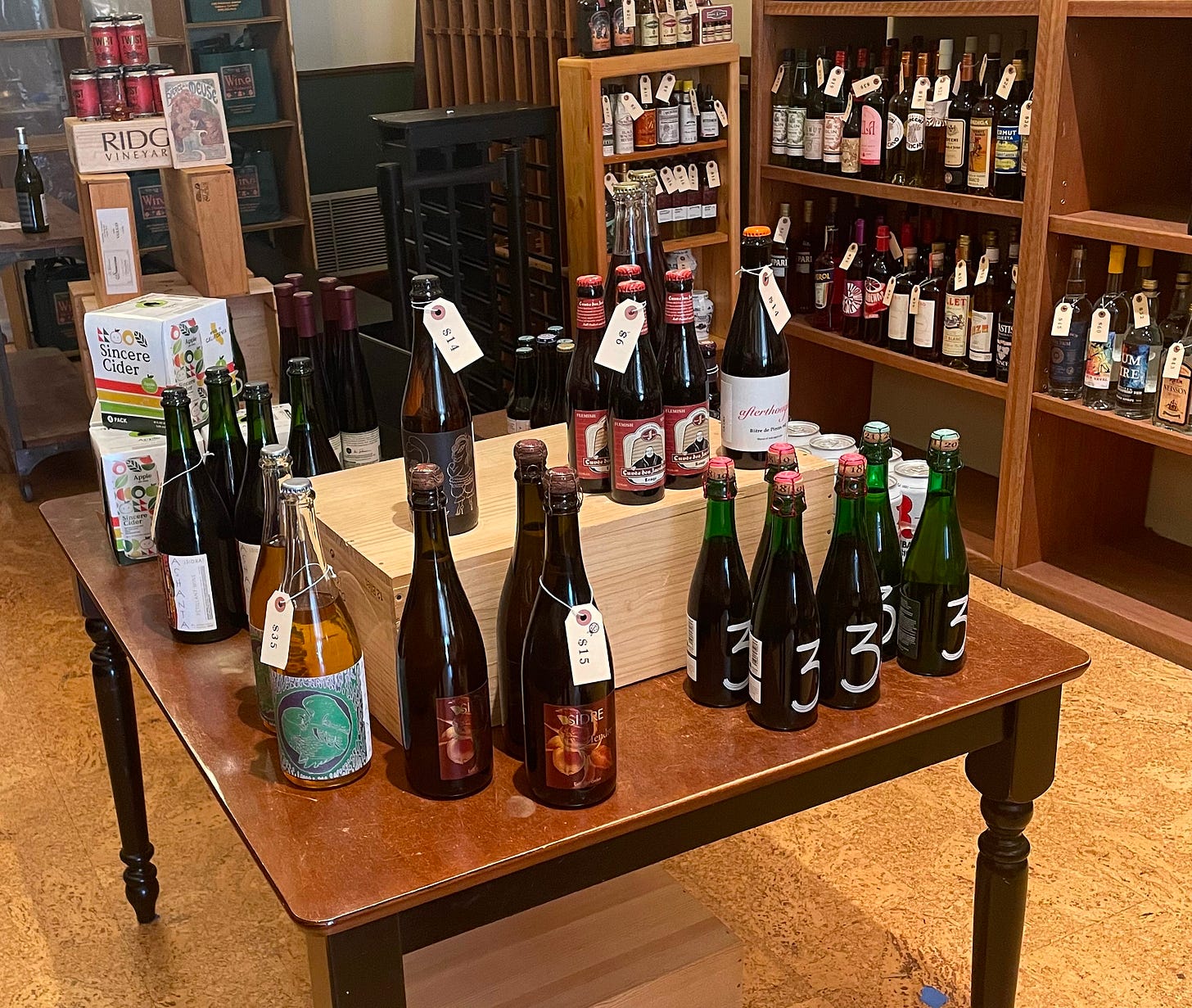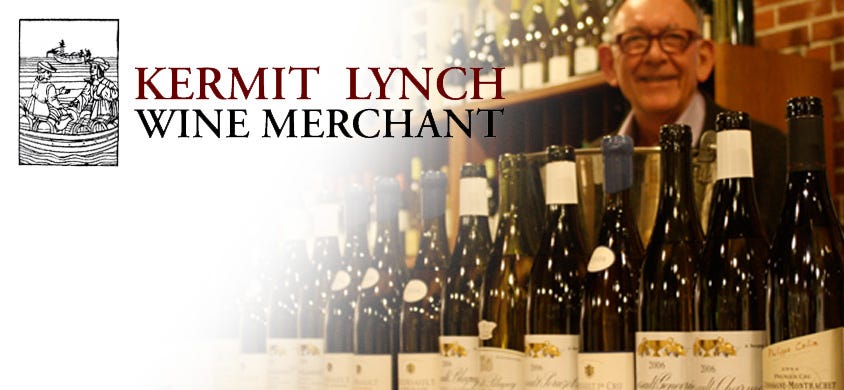The second part of the "Wine Conversations" series kicked off last week! This series of posts, hosted by
of , asks one thought-provoking question of several wine writers here on Substack to discuss with each other as well as you, the oenophile! offered some definitions and best practices for selecting wines with organic, sustainable, biodynamic, and regenerative agriculture labels. awarded himself a Certificate of Sustainability and Excellence, which really says everything about the vineyard certification process.So what are these labels, why are they on your wine, and what does it mean on the consumer side of things?
What’s In A Name?
My fellow writers have already done a great job at defining some of the commonly found terms to describe vineyard practices. Truth be told, I’m a Bay Area sommelier, which means I am often on the receiving end of someone asking for “orange wine - what is that anyway?”, or, alternatively, quote unquote “natural wine”.
(Don’t get me started on the orange wine thing. That’s a wine class, a tasting flight, and a mini-rant, which can be yours for the low low price of an OG Bombshells membership. Since this article is free for all, including the comments section, I’ll just leave you with that teaser.)
In my experience, natural wine has proven to be a buzzword with more than a passing resemblance to greenwashing. More often than not, when someone asks me for a natural wine, I take that as code for “I want something that smells like unwashed socks or the La Croix equivalent of a lemon and nothing in between”. The term has become so ubiquitous in the Bay Area that there is now a cultural divide between those who want “natural wine” and “natty wine”, the latter of which is considered a derogatory slang term that roughly describes the same wine. While I am happy to get that guest exactly what they want (hey, they’re drinking wine in the first place, which is half the battle!), and there are some delicious producers that seek to align themselves with the natural wine label that make some bangin’ wines, I feel that the wine world has done consumers a disservice by the broad categorization of “natural wine”.
My preferred term, if I really had to pick one? Low intervention wine.
“Low intervention” doesn’t necessarily follow a strict zero/zero policy (as in zero sulfur and zero commercial yeasts have been added to the wines), but rather, it allows for winemaking decisions that produce the best possible wine with as few additions as possible. A low intervention wine will absolutely ban additives like oak chips and MegaPurple, but make room for a small infusion of sulfur if it’s necessary for the wine to remain shelf stable and consistent more than 24 hours after opening the bottle.
Oftentimes, I have very little time to relay all of this information to guests, so I have to relay a certain confidence that the wine they’ll be enjoying is just as good for the earth as much as it benefits the people that made it. That’s where a small indication or label can actually help! At the wine shop where I spend a few days a week, there’s a small ladybug stamp that goes on the price tags for the wines that boast organic or biodynamic certifications. While accreditation does not ensure quality, and a lack of accreditation does not mean a wine is automatically of lesser quality, it is a helpful little sign to customers to “follow the ladybugs” towards the wines that have a stamp of (someone’s) approval.

Just Help Me Pick A Wine!!!
Aside from patronizing restaurants or shops that are known to carry wines from low intervention producers, I have a big pro tip for people in markets that may not be saturated with natural wine bars like the Bay Area.
Get familiar with importers and distributors that you really love. More often than not, import companies that bear names like Martine’s Wines, Rosenthal Selections, or Skurnik will have their name, if not their logo, on the back label of a wine bottle. If you mess around with an importer’s website, you’ll quickly learn about the producer of the wine you’re drinking and what specific vineyard practices they employ at their estate.
For example, I have a deep love of Kermit Lynch’s portfolio. I know that Kermit Lynch only brings in French and Italian wines from producers he trusts to take good care of the land, the grapes, and the people. That and Kermit’s reputation for being a supporter of the farm-to-table dining movement is real - Kermit Lynch happens to be BFFs with one Alice Waters, founder of Chez Panisse, and both Kermit Lynch Wine Merchant’s retail shop and Chez Panisse are located within blocks of each other in Berkeley, California. Because of the Kermit Lynch/Chez Panisse connection, I know that whenever I see that famous little ship on the back of a label that I’m getting a wine with a classic taste profile that technically falls under the low intervention umbrella. Those qualities check all of my personal boxes as a consumer of wine, and I often find myself telling the natural wine-seeking guest, “In Kermit We Trust”.
What are your thoughts on the term “low intervention wine”? And what are some of your tips for navigating the hazy crazy world of certifications? Let’s start the chat in the comments section, and stay tuned for
’s take on this topic tomorrow!







I like the ladybug stamp - that's a cute idea! Here in Amsterdam, there's generally no problem getting hold of low intervention wines. The challenge is more in differentiating between the good stuff and the "natty bangers" that are full of VA and mousiness. But again, finding your favourite local wine shop and sticking to it is a good start. Anyway, I'm sure Simon will have lots to say about this in the next few days - he's Amsterdam's King of Natural Wine!
Listen to your wife and listen to your wine seller - words to live by!